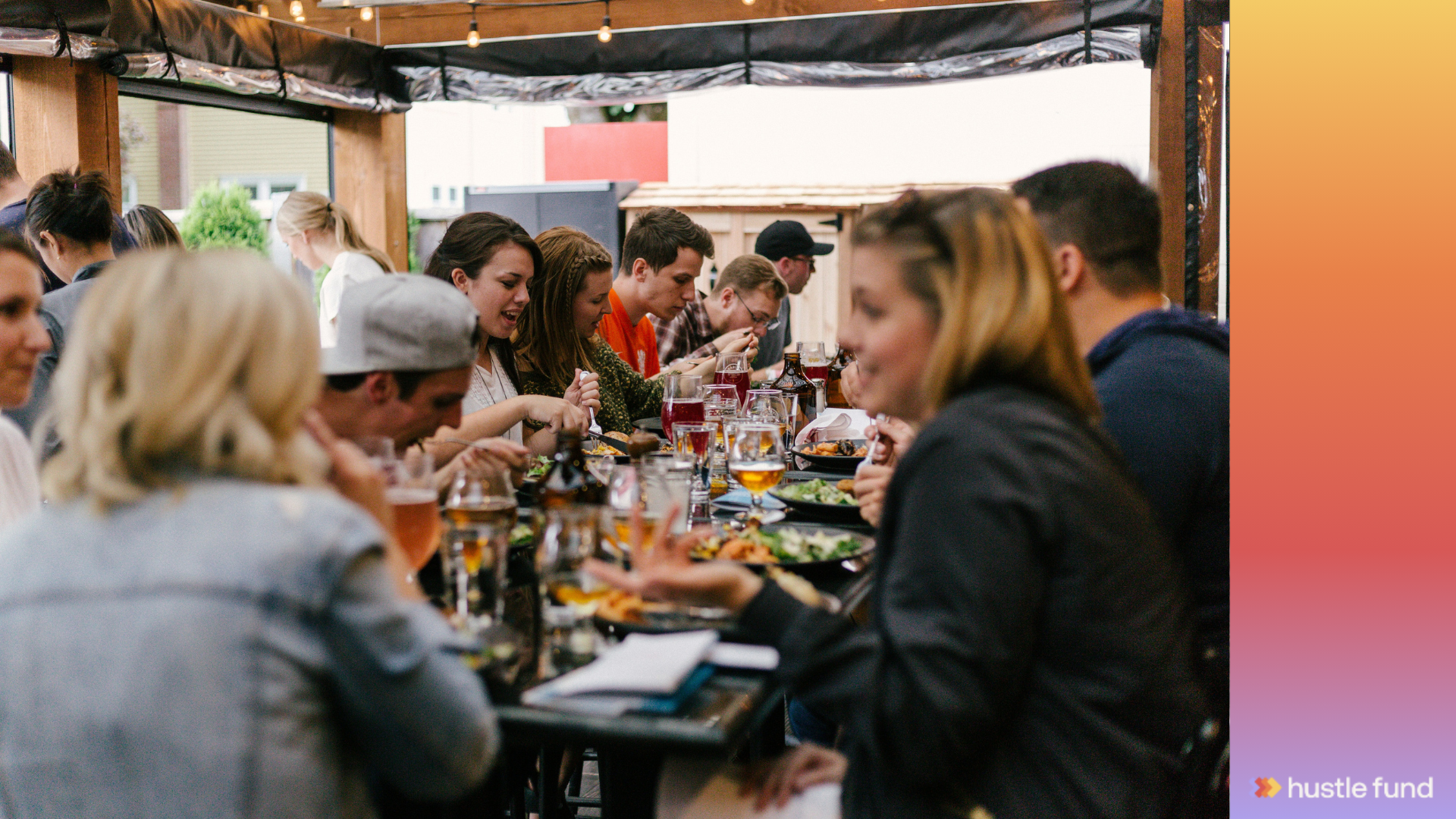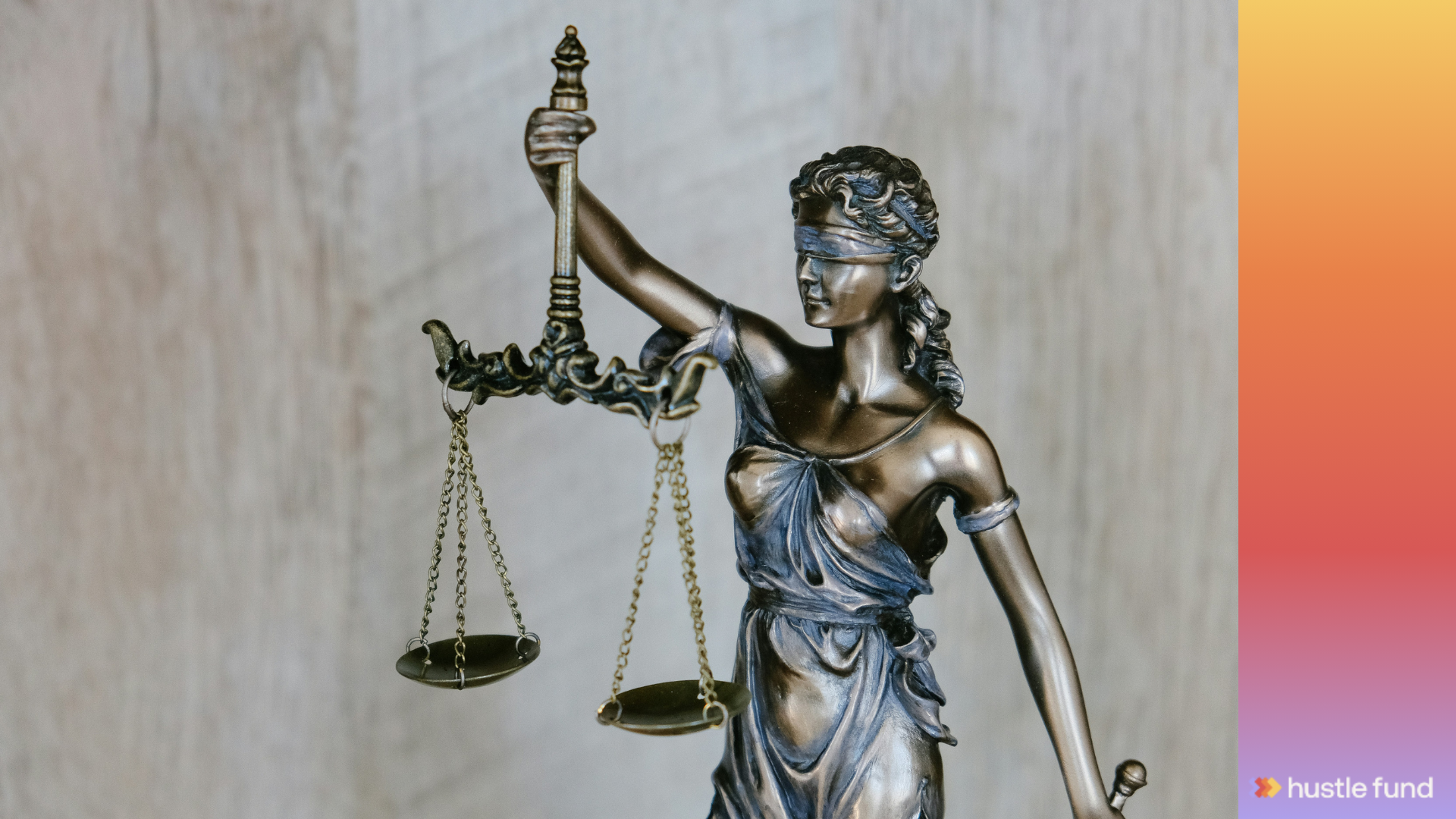Investing in Australia's startup scene
.png)
Brian Nichols is the co-founder of Angel Squad, a community where you’ll learn how to angel invest and get a chance to invest as little as $1k into Hustle Fund's top performing early-stage startups
The United States’ startup scene gets more crowded every year. Over 5 million businesses launched in 2021 alone.
As the market gets more and more crowded, competition for users heats up, and it becomes increasingly difficult for startups to acquire users profitably. This is why many investors have started to invest in startups in emerging markets. Fewer businesses means less competition means more opportunity to get market share.
And there’s one market that has piqued my interest for a while now… Australia. While Australia isn’t considered an “emerging” market, their startup scene is much younger than the startup scene in the U.S. And it’s growing like crazy.
To learn more, I interviewed Barry Winata. Barry is an angel investor, operator, and founding partner of Metagrove VC; an early-stage venture firm focused on promoting and putting regions like Australia and South-East Asia on the world stage.
As a Sydney native, Barry has strong ties to Australia’s startup community. But he also spent 10 years as a startup operator in the U.S. – Silicon Valley in particular. And he’s continued to grow his networks in both regions over the last decade.
In this article, I’ll share learnings from my conversation with Barry. We’ll cover:
- How Australia’s startup scene was born
- Popular industries
- Valuations
- Dealflow for non-local investors
- Who are the LPs?
Let’s dive in.
Note: this is not a paid article. I was truly curious about what it’s like to invest in the Australian startup scene, and Barry was kind enough to share his wisdom with me.
The birth of Australia’s startup scene
For many many years, Australia’s GDP was reliant on resources. The country is a leading producer of aluminum (said best in an Australian accent), iron, lithium, gold, lead, and more. Investors in the area knew that they needed to diversify before those resources ran low. Especially after the mining boom in recent years started.
Then, in 2002, Atlassian was born. At the time, building a tech company in Australia was basically unheard of. There wasn’t a startup culture in Australia. There weren’t accelerators in Australia. There weren’t really even VCs in Australia.
But Sydney-based founders Mike Cannon-Brookes and Scott Farquhar built a SaaS platform for developers anyway. And they grew Atlassian into a $47B company.
10 years later, Melanie Perkins launched Canva (valued at $40B in 2021).
Barry attributes the explosion of Australia’s startup scene to these two massive companies. Once Atlassian and Canva got on the map, VCs started popping up in Australia. The government launched grant and education programs for entrepreneurs. Incubators and accelerators became commonplace. Investors and startups started hosting in-person events, like Blackbird’s Sunrise Startup Festival.
By the end of 2022, 712 startups had raised a total of $7.4B (more than 2x the funding from 2020), and 15 Australian startups had reached unicorn status (source).
What is everyone building?
Investors in Australia are much like investors in the U.S. They love B2B SaaS companies. So that's the most common business model you'll see in Australia.
Industries like FinTech and Healthcare have recently been deregulated in the country, giving startups a rare opportunity to disrupt existing solutions and compete against enterprise giants.
Startups in the hardware space are also plentiful. This could have something to do with the country’s historical dependence on mining, and the need to modernize that industry. It could also be related to the country’s proximity to Asia and the ability to get hardware parts quickly and cheaply.
Industries that aren’t as well funded but developing quickly: ag tech, space tech, biotech, and climate tech.
Valuations in Australia 😍
As someone who works for a pre-seed and seed-stage fund, I’m a big fan of early-stage startups. But valuations for companies at the seed stage in the U.S. can be pretty steep. Like upwards of $10m.
In Australia, that number is more like $7m. Oh, and that’s $7m in Australian dollars (only $4.5m in USD). Plus… early-stage funding is on the rise. In fact, 60% of all startups who raised in 2022 had pre-money valuations under $5m.
For investors looking to make small bets and see outsized returns, Australia might be a smart market to explore.
But how to find the deals?
For investors in Australia, the opportunities to build dealflow are clear: mentor at an accelerator, connect with other investors, and attend regional and nation-wide startup events. Or host your own.
But for those of us who live in other countries, how can we break into Australia’s startup scene?
Barry suggested three primary channels:
- Virtual events. Many local accelerators and incubators (like Techstars, Startmate, and Antler) regularly host virtual events for their community. Investors are often invited to register and join the community. Ask to get on their newsletters to find out when virtual events take place.
- AirTree Ventures, a Sydney-based fund, has a comprehensive database of investors (VCs and angels). This is a go-to resource for founders looking to fundraise, and for investors looking to connect with emerging startups. Add your name to the database.
- Barry mentioned that LinkedIn is far more popular in Australia than Twitter when it comes to professional connections. I know it’s hard, but if you want to find Aussie startups, close Twitter for a bit and explore LinkedIn. You’ll be ok.
Where the LPs at?
When I asked Barry about LPs for Australian funds, I expected him to say “China”, “Singapore”, or “the U.S.”. And there is certainly foreign capital funneling into Australia. Families and organizations looking to diversify their assets often choose to allocate at least part of their wealth into venture funds.
But there’s also a huge showing domestically. And part of that is coming from members of the Aussie startup community.
For example, early employees at high-growth Australian startups are becoming angel investors into startups, and LPs into venture funds. It’s kinda like what we’re seeing with techies in the U.S… people who earned gobs of money at Google or Meta or Apple (or Stripe, or Slack, or Uber, etc) are putting some of their earnings back into the startup ecosystem.
According to Barry, there is also strong family-office scene in Australia. Families who made their fortunes in mining or manufacturing over many generations are now looking for ways to diversify their assets. And they’re seeing that opportunity in venture.
There are also institutional LPs in Australia. See, the country has $3.5T in superannuation funds (which is kinda like 401k in the U.S. Learn more here.) that needs to be deployed. Many superannuation funds or pension funds are choosing to invest in venture as a way to diversify.
All that to say… if you want to launch a fund and you can’t raise in the U.S., perhaps Australia is for you.
Want more info on investing in Australia?
Connect with Barry at Metagrove for opportunities to co-invest, or just to learn about the ecosystem down under.
Read The State of Australian Startup Funding, created by Cut Through Venture.
Come to Camp Hustle Asia! You’ll meet loads of family offices, angel investors, and fund managers from around the world… Australia included. Plus, Barry is leading a session on “Breaking into Australia”. It’s gonna be lit.












